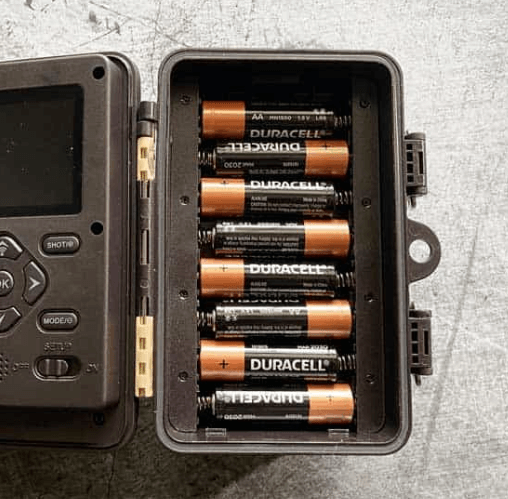
Battery Tray for Trail Cameras
Learn what a battery tray is, how it functions, and its importance in optimizing the use of trail cameras in various conditions.
The section in trail cameras where batteries are stored for powering the device, designed for secure placement and environmental protection.

The Battery Compartment in trail cameras is the housing that stores the batteries needed to power the device. It plays a critical role in ensuring the camera functions reliably, guarding the batteries against environmental factors like moisture, dust, and extreme temperatures.
| Feature | Details |
|---|---|
| Voltage Requirements | Cameras usually require 6V-12V, depending on the number of batteries. |
| Battery Life | Influenced by camera settings, temperature, and battery type. |
| Power Management | Advanced cameras include features like power-saving modes and battery meters. |
The battery compartment is more than just a storage area—it directly impacts the efficiency and longevity of trail cameras. By understanding its features and maintaining it properly, users can ensure reliable performance in any outdoor condition. For extended usage, consider integrating external power solutions or using high-capacity batteries tailored to your specific needs.
Explore our selection of trail cameras with advanced battery management and extended power features.
The battery compartment is a designated section within a trail camera that securely holds batteries, ensuring reliable power for device operation.
Trail cameras typically use AA batteries, which can be alkaline, lithium, or rechargeable (NiMH or Li-ion). Some models also support external power sources like solar panels or battery boxes.
Regularly clean the compartment to prevent corrosion, ensure batteries are inserted correctly, and seal the compartment properly to prevent moisture ingress.
Lithium batteries offer longer runtime, better performance in extreme temperatures, and higher voltage output compared to alkaline or NiMH batteries.
Yes, many trail cameras support external power sources such as solar panels or dedicated battery boxes, which provide longer operational periods and reduce the need for frequent battery changes.

Learn what a battery tray is, how it functions, and its importance in optimizing the use of trail cameras in various conditions.
Understand the battery indicator feature in trail cameras, its functionalities, technical specifications, and usage scenarios.
Understand rechargeable battery packs for trail cameras, their benefits, types, use cases, and technical specifications.